There can be your advertisement
300x150
You Can't Toss It — Keep It: How Minimalism Can Change Your Life (And Apartment)
How getting rid of unnecessary things can free up space
Have you ever wondered why it's so hard to find the right item in your closet? Or why cleaning takes forever? The answer is simple: we have too many things. But what if there was a way to make life easier and your home more spacious? Let's explore how minimalism can help us with this.
 Lidia KazyovaSpace Organizer and #1 Master Consultant of Mari Kondo
Lidia KazyovaSpace Organizer and #1 Master Consultant of Mari Kondo"I don't have anything unnecessary!" - Is it really true?
Many of us believe that all items in our home are necessary and important. But let's be honest: when was the last time you used that kitchen blender sitting on the top shelf? Or wore that shirt from the back of your closet?
According to a study by the University of California, Los Angeles, the average family stores about 300,000 items in their home. And that doesn't include things stored in attics and garages! No wonder we feel overwhelmed.
Mari Kondo, a well-known expert on space organization, says: "The more things you get rid of, the clearer it becomes what is truly important and necessary to you."
How to know when it's time to get rid of clutter?- You spend more than 10 minutes looking for an item;
- Your closets and drawers don't close properly;
- You have items you haven't used in over a year;
- You keep buying the same things because you can't find what you already have.
If you recognize yourself in at least one of these points, it's time to act.
"It’s easier to let go of an item if you imagine that it could bring joy to someone else. Just don’t clutter others’ lives—make sure the item you're giving away is truly needed." — Lidia says.
Don't try to turn your whole apartment upside down at once. Start with small steps:
- Sort through your sock drawer: throw away mismatched socks and those you no longer wear.
- Go through your clothing closet: anything not worn in over a year goes to a donation bag.
- Check your bookshelves: keep only the books you truly love or plan to read soon.
Tip: Start with items that don’t have emotional attachment. It’s easier to get used to the idea of parting with things this way.
Lidia says: "By taking items to the countryside, garage, or storage, you're only postponing a decision, prolonging and complicating the process. Let go of things with a light heart, thanking them for their service."
 Design: Eugenia Bushueva
Design: Eugenia BushuevaRule 20/20: Let go of the fear of "what if it's needed?"
Many people are afraid to throw things away, thinking: "What if I need it?" Here's a simple way to check if you really need that item:
If you can buy the item for less than $20 and in under 20 minutes, feel free to discard it. The chances of needing it urgently are extremely low.
"Don’t be afraid to make the wrong decision. You’ve probably already experienced situations where you were missing an item: lost keys, documents, someone’s contact. At first it was stress, but then? Remember how you found a solution and thought you were overreacting. Nothing bad will happen. Let go with a light heart." — explains the expert.
Digital Minimalism: Reduce Clutter in Devices TooMinimalism isn’t just about physical items. Our phones and computers are often cluttered with unnecessary stuff:
- Delete apps you haven’t used in the last 3 months;
- Clean your photo gallery of duplicates and blurry shots;
- Sort through the "Downloads" folder on your computer.
While there is no exact statistics, many users rarely delete unnecessary files and apps from their devices. This not only takes up space but can also slow down gadget performance.
How to Maintain Order After Cleaning: The "One Item In, One Item Out" RuleTo prevent accumulating clutter again, introduce a simple rule: every time you buy a new item, get rid of one old one. Bought a new t-shirt? Donate the one you haven’t worn in a while. New book? Give away the one you’ve already read and won't re-read.
You’ll definitely find this interesting: Minimalism is not about asceticism but about mindfulness
Many think minimalism means an empty, boring apartment. But that's not true! Minimalism is when every item in your home is loved and functional. It’s not about living with fewer things, but surrounding yourself only with items that bring joy and benefit.
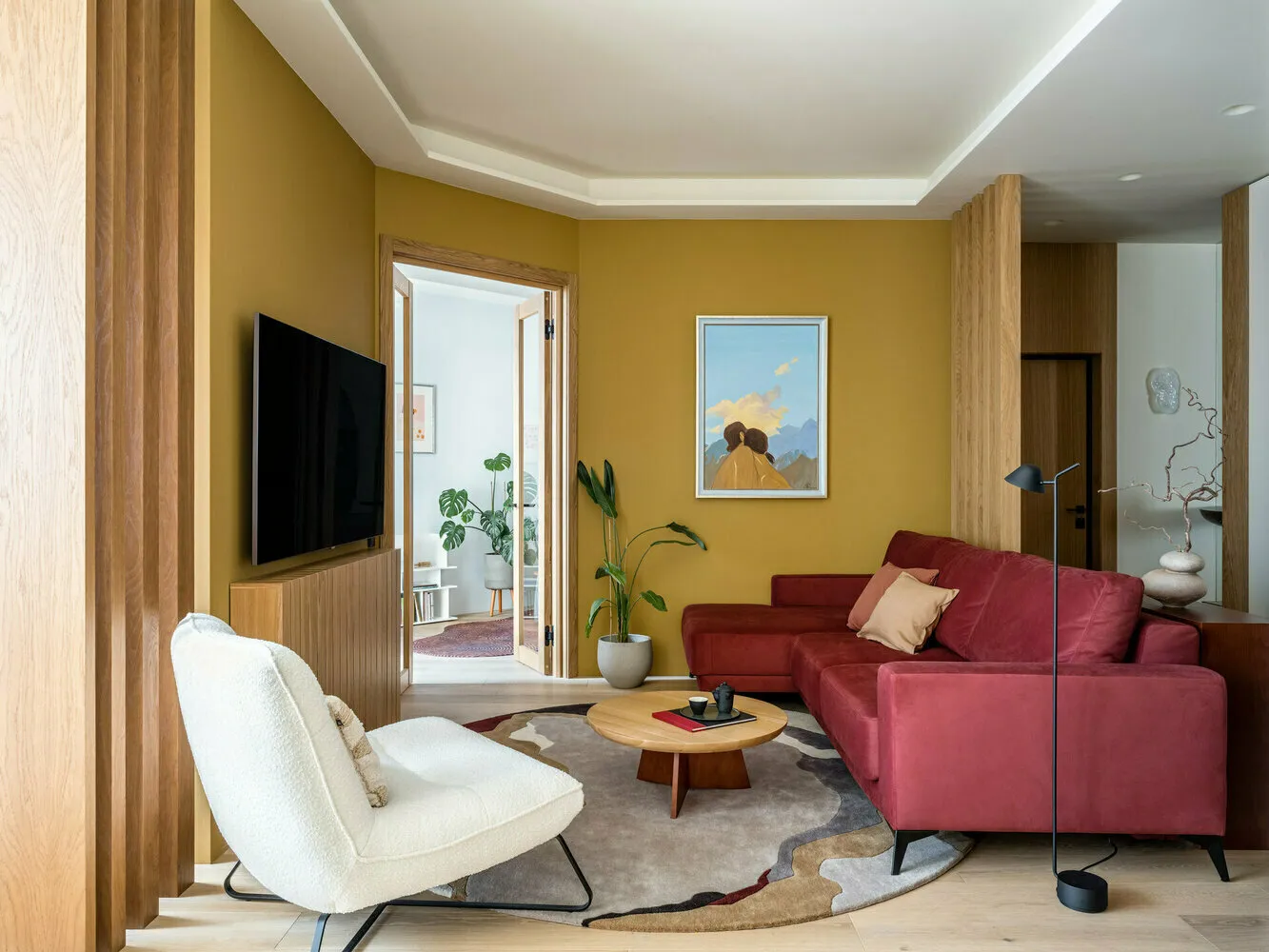 Design: ANDdesign
Design: ANDdesignWhat to do with items you're sorry to throw away?
- Sell on online platforms: your clutter might become someone else’s treasure!
- Donate to charity: many organizations will gladly accept your unwanted items.
- Recycle: old electronics and batteries can be taken to special collection points.
According to Greenpeace, about 92 million tons of textile waste are thrown away worldwide each year. Let’s be more responsible and find new uses for old items!
 Photo: culture.ru
Photo: culture.ruMinimalism and Ecology: Buy Less, Throw Less
Minimalism isn’t just about cleaning—it’s also about mindful consumption. Here are a few tips:
- Before buying anything, think: do you really need it?;
- Choose quality items that will last longer;
- Try to buy items made from recycled materials.
A Nielsen study showed that 73% of millennials are willing to pay more for eco-friendly products. Minimalism and environmental care go hand in hand!
So, where to start on your path to minimalism?- Start small: sort through one drawer or closet;
- Ask yourself: Does this item bring me joy or benefit?;
- Don’t be afraid to get rid of the unnecessary;
- Remember: minimalism is about quality, not quantity.
Minimalism is not just a trendy fad. It’s a way to free not only physical space but also mental space. Less stuff means fewer worries and more freedom for creativity and self-development.
Ready to start your journey toward a simpler, more mindful life? Remember: every unnecessary item you throw away is a step toward freedom and order in your home and mind!
Cover: Design project by Galina Ovchinnikova
More articles:
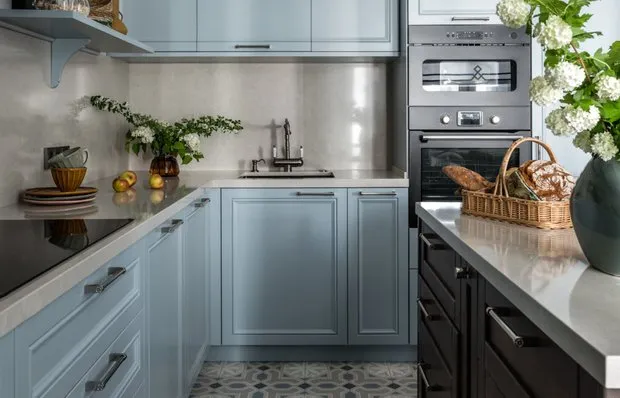 How to Do a Renovation Without Going Bankrupt: Important Tips from a Designer
How to Do a Renovation Without Going Bankrupt: Important Tips from a Designer Before and After: Updating a 52 m² Apartment in an Old Brick House
Before and After: Updating a 52 m² Apartment in an Old Brick House 5 Unusual Kitchen Solutions We Spotted From Our Heroine
5 Unusual Kitchen Solutions We Spotted From Our Heroine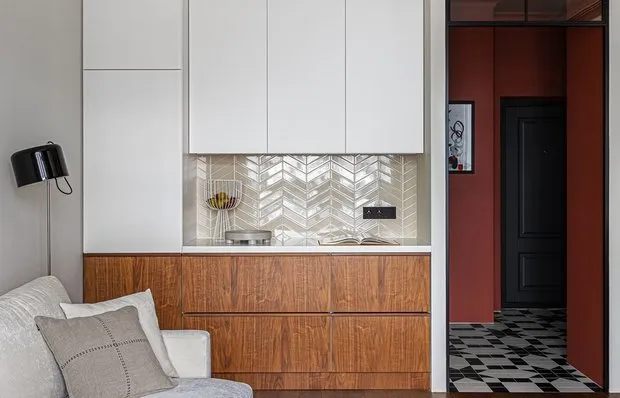 How They Designed a Stylish Kitchen in a Micro 2-Room Apartment
How They Designed a Stylish Kitchen in a Micro 2-Room Apartment Cozy 2-room apartment 67 m², with layout and finishing from the developer
Cozy 2-room apartment 67 m², with layout and finishing from the developer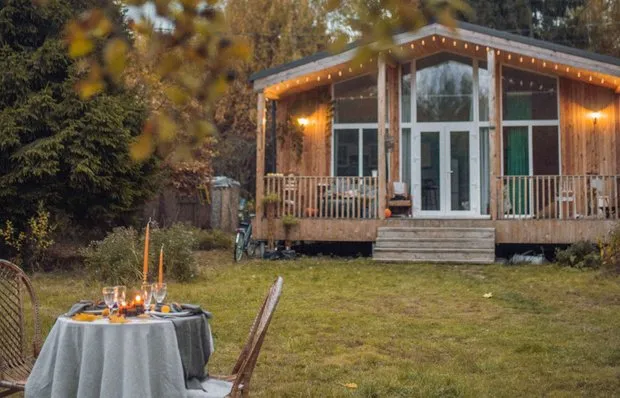 Preparing a Country House for Winter: 9 Cozy Tips for Interior
Preparing a Country House for Winter: 9 Cozy Tips for Interior Hormones and Nutrition: How What We Eat Affects Our Mood and Well-Being
Hormones and Nutrition: How What We Eat Affects Our Mood and Well-Being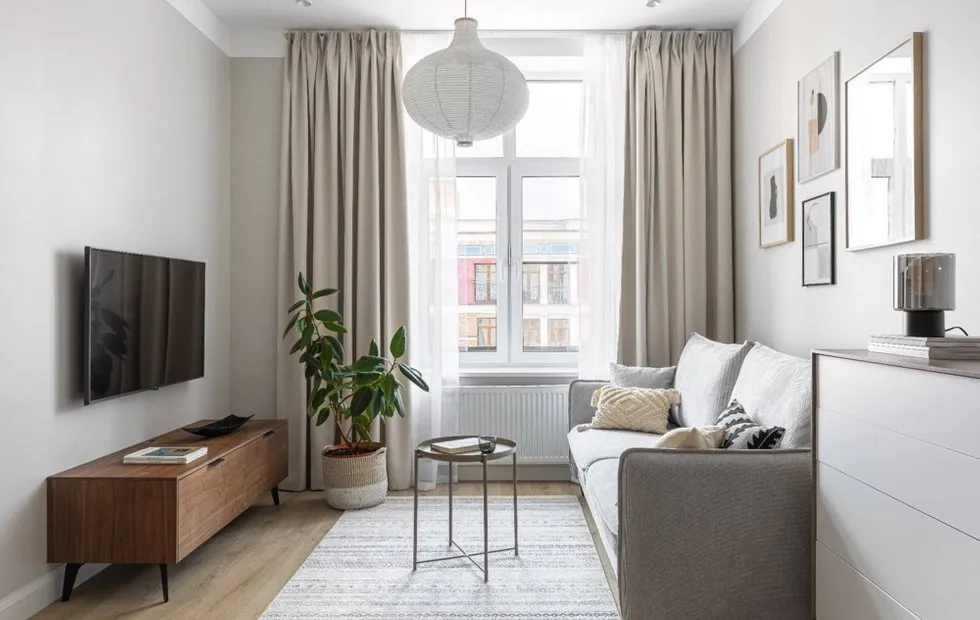 Interior Solutions for Rented Housing: How to Improve Without Major Renovation
Interior Solutions for Rented Housing: How to Improve Without Major Renovation